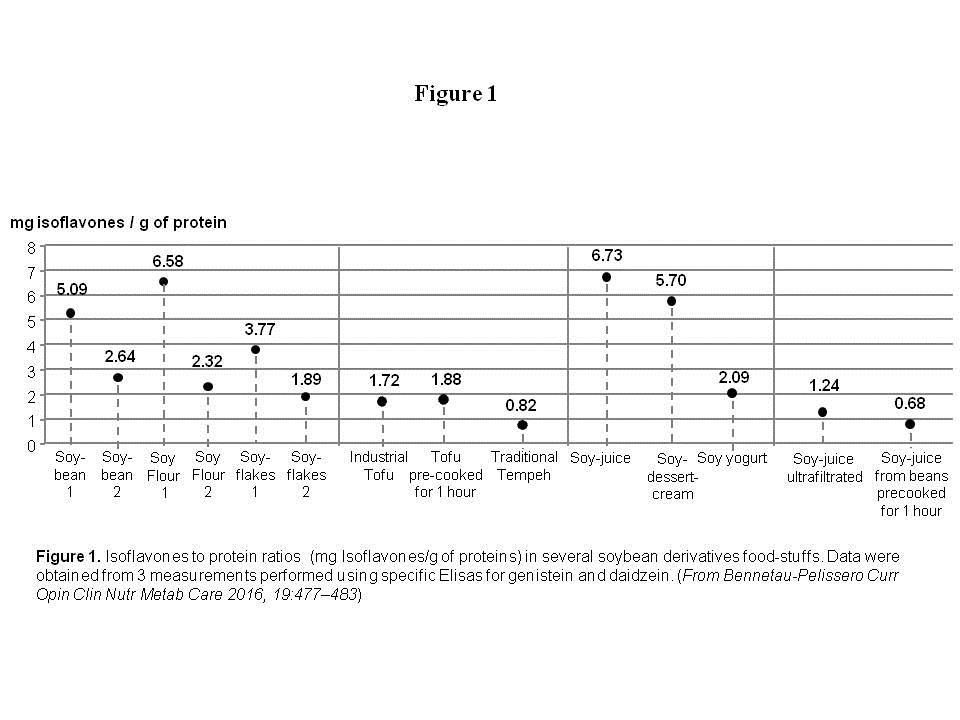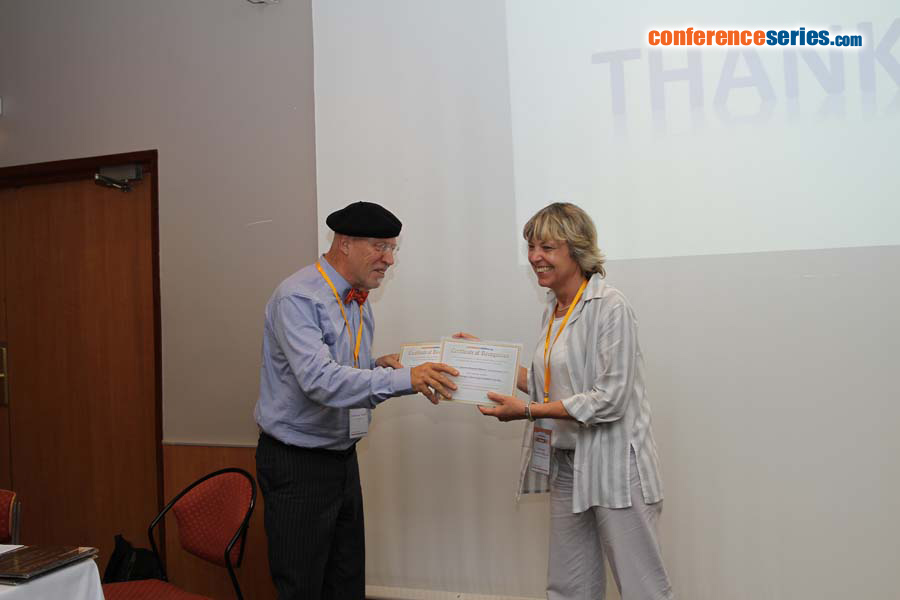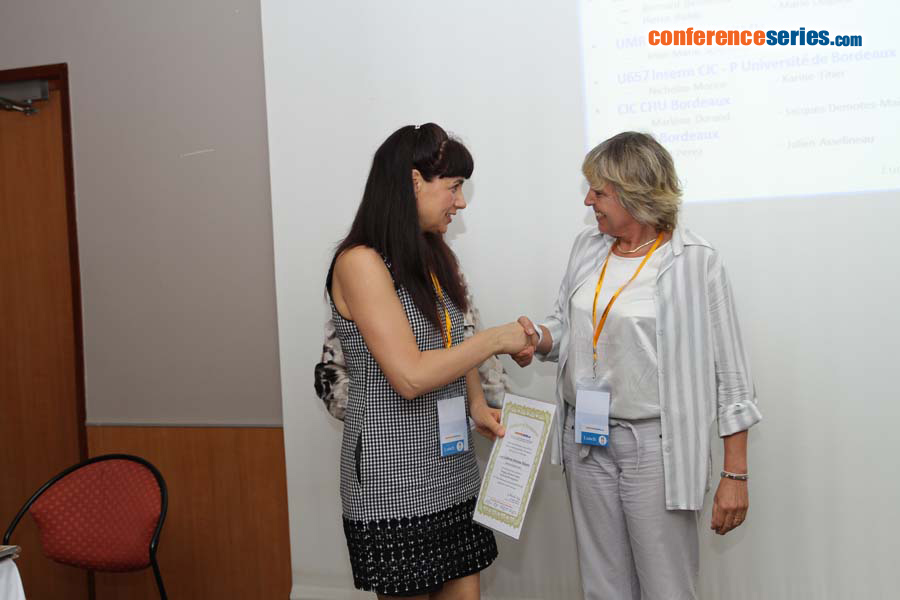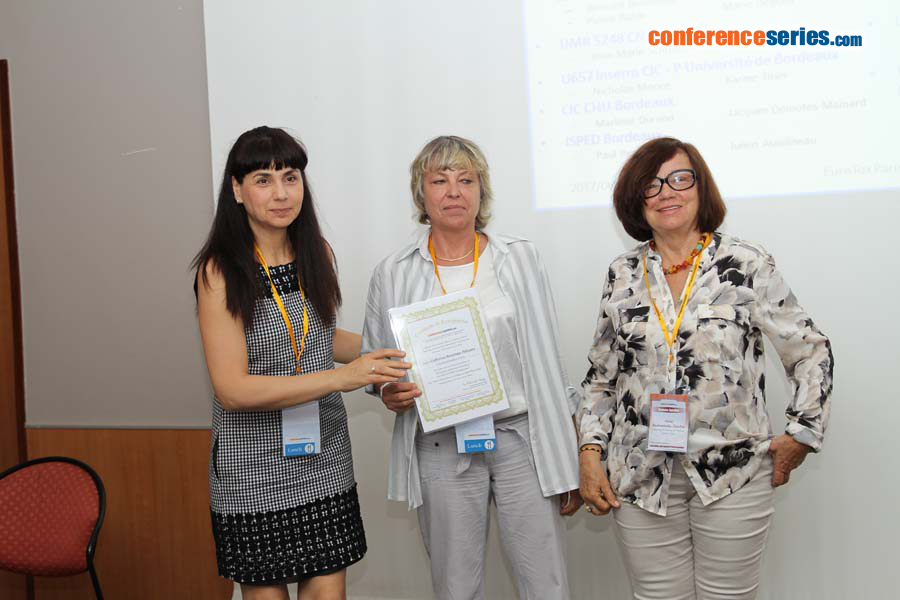
Catherine Bennetau-Pelissero
University of Bordeaux, France
Title: Estrogenic isoflavones in modern soy-food and their consequences
Biography
Biography: Catherine Bennetau-Pelissero
Abstract
Statement of the Problem: Isoflavones are estrogenic compounds whose properties were shown to be deleterious to animal reproduction ever since the 1940’s. There effects were confirmed on reproduction, mammary and pituitary adenocarcinomas by the USA National Toxicology Program in 2008. Since then, several studies showed concern about human and breeding species reproduction and about women established breast cancers. The purpose of this study is to evaluate the beneficial effects of glycosylated estrogenic isoflavones present in large concentrations in soybean and its modern derivatives.
Methodology & Theoretical Orientation: Traditional Asian recipes used to prepare natto, miso, tempeh or tofu traditionally involved prolonged cooking of soybeans in water allowing isoflavones to leak into water. The preparation of these solid foodstuffs implied the elimination of water and therefore of glycosylated isoflavones. These prolonged cooking steps were tested on several soybean preparations and showed a significant removal of isoflavones up to 80%.
Findings: The isoflavone to protein ratio (mg Isoflavones/g protein) was shown to be higher in modern soy food than in traditional soy-food either prepared following modern techniques or traditional recipes. Soybeans ratio were found to be between 5.1 and 2.7. Soy juice ratios were between 7.4 and 6.7 when tempeh prepared according to a traditional recipe was 0.82. Soy juice prepared from soybeans precooked for 1 hour in water was 0.68.
Conclusion & Significance: The estrogenic isoflavone exposure through modern soy-food, as assessed since the development of analytical methods (1980’s), is most probably higher than the ancestral exposure. This occurs in an environment largely contaminated with other endocrine disrupters with which isoflavones can act synergistically. Because recent studies showed both beneficial and deleterious effects of soy isoflavones on human health, it would probably be better to restrain isoflavones for specific beneficial uses reducing them in the general population and in animal diet.
Recent Publications
1. Bennetau-Pelissero C (2017) Positive or negative effects of isoflavones: Toward the end of a controversy: Response to the letter from Dr Messina and Dr Badger following the publication of the paper by Fernandez-Lopez A, Lamothe V, Delample M, Denayrolles M and Bennetau-Pelissero C. entitled: Removing isoflavones from modern soyfood: why and how? Food Chem. 225: 293-301.
2. Bennetau-Pelissero C (2016) Risks and benefits of phytoestrogens: where are we now? Curr. Opin. Clin. Nutr. Metab. Care 19(6): 477-483.
3. Fernandez-Lopez A, Lamothe V, Delample M, Denayrolles M, Bennetau-Pelissero C (2016) Removing isoflavones from modern soyfood: Why and how? Food Chem. 210: 286-294.
4. Al Abed A S, Sellami A, Brayda-Bruno L, Lamothe V, Noguès X, Potier M, Bennetau-Pelissero C, Marighetto A (2016) Estradiol enhances retention but not organization of hippocampus-dependent memory in intact male mice. Psychoneuro. Endocrinology 69: 77-89.






